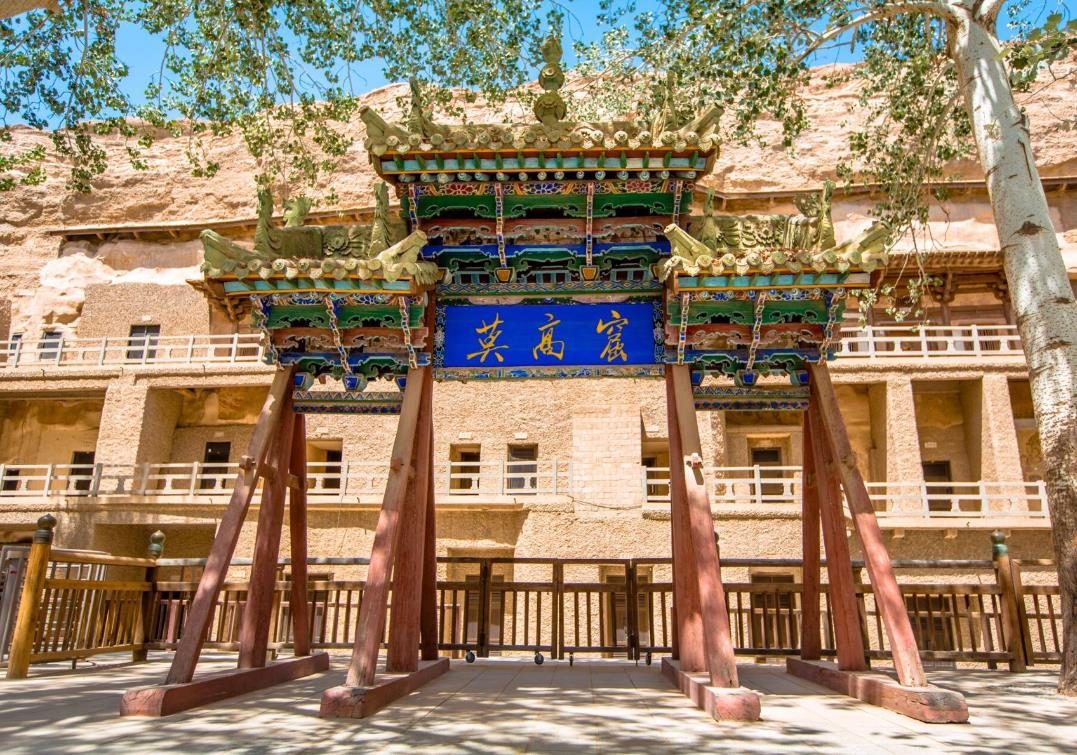Located 25 kilometers southeast of Dunhuang City in Gansu Province, China, the Mogao Grottoes are a holy place of art surrounded by the Mingsha Mountains. It is one of the world’s largest and richest existing treasures of Buddhist art, since the 16th Dynasty of the Former Qin Dynasty (366 A.D.), through the Northern Wei Dynasty, the Western Wei Dynasty, the Northern Zhou Dynasty, the Sui Dynasty, the Tang Dynasty, the Fifth Dynasty, the Song Dynasty, the Western Xia Dynasty, the Yuan Dynasty and many other dynasties of continuous excavation and repair, and ultimately formed the today’s set of architecture, sculpture, murals in one of the brilliant achievements.
The Mogao Caves contain thousands of breathtaking murals and sculptures, which are not only a display of Buddhist beliefs and philosophical ideas, but also a vivid depiction of the historical features, living customs and aesthetic concepts of ancient Chinese society. Walking into the Mogao Grottoes is like opening a historical scroll spanning thousands of years.
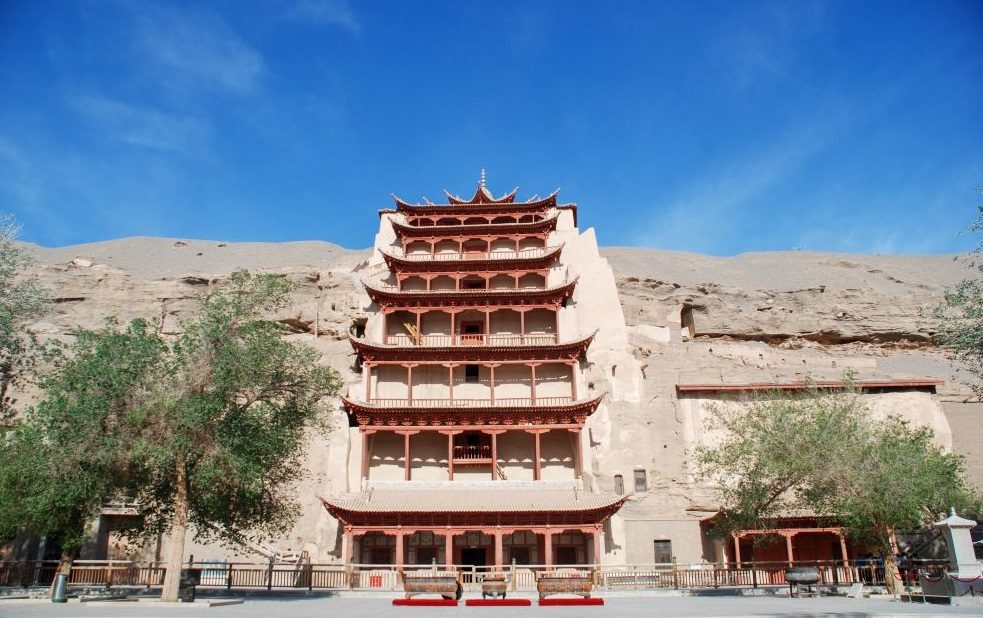
The murals here cover a total area of about 45,000 square meters, with bright colors, smooth lines and ingenious compositions. The figures on the frescoes are vivid, whether it is the solemnity and sanctity of the Buddha, the compassion of the Bodhisattva, or the lightness and ease of the Flying Sky (gods and goddesses in the sky), or the mighty strength of the Rexes, all of which fully demonstrate the unique flavor of ancient Chinese Buddhist art. What is even more amazing is that the murals also delicately depicted in ancient China’s landscapes, flowers, birds, fish and insects, palaces, buildings and other natural landscapes and human landscapes, so that the viewer seems to travel through time and space, back to a thousand years ago in China. These murals are an encyclopedia on the wall, recording every aspect of ancient society.
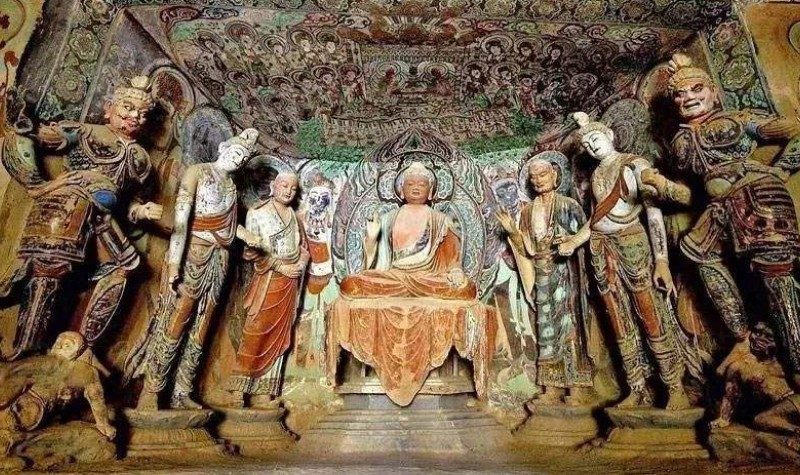
In addition to the murals, the sculptures in the Mogao Caves are also world-famous. More than 2,000 colorful sculptures are preserved here, including images of Buddha, Bodhisattva, disciples and heavenly kings. These sculptures are of different shapes and forms, vivid and lifelike, fully demonstrating the excellent skills and infinite wisdom of ancient Chinese craftsmen. Whether it is the solemnity of the statue of Buddha, which reveals inner peace and wisdom, or the gentleness of the bodhisattva, which exudes infinite love and care for all living beings, all of them give people a deep feeling of the profundity and vastness of Buddhism.
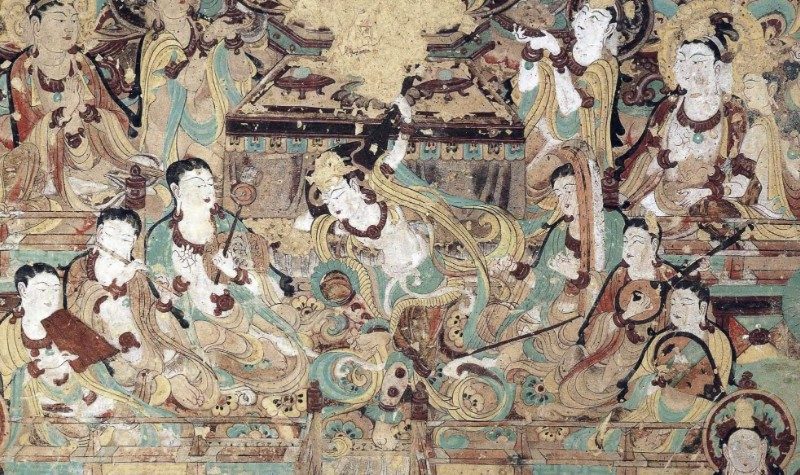
Mogao Caves is not only a temple of Buddhist art, but also a museum of history. The inscriptions, inscriptions and other cultural relics in the caves are like witnesses of history, recording the historical changes, cultural development and ethnic integration of ancient China. Through these precious artifacts, we can gain a deeper understanding of ancient China’s social system, religious beliefs, culture and art, and other areas.
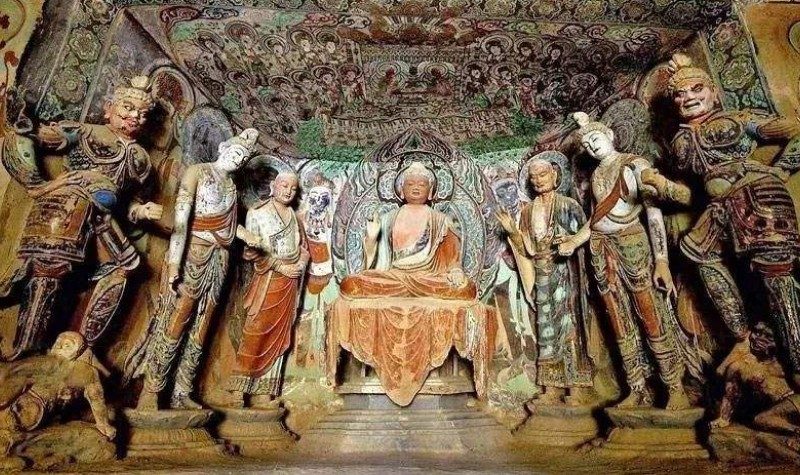
However, the precious artifacts of the Mogao Grottoes have also suffered serious damage and theft. In order to safeguard this common cultural heritage of mankind, the Chinese government has taken a number of protective measures to restore and preserve it. Today, the Mogao Caves have become a world-renowned tourist attraction and cultural exchange platform, attracting more and more international tourists and scholars to visit and study the art treasures spanning thousands of years.
